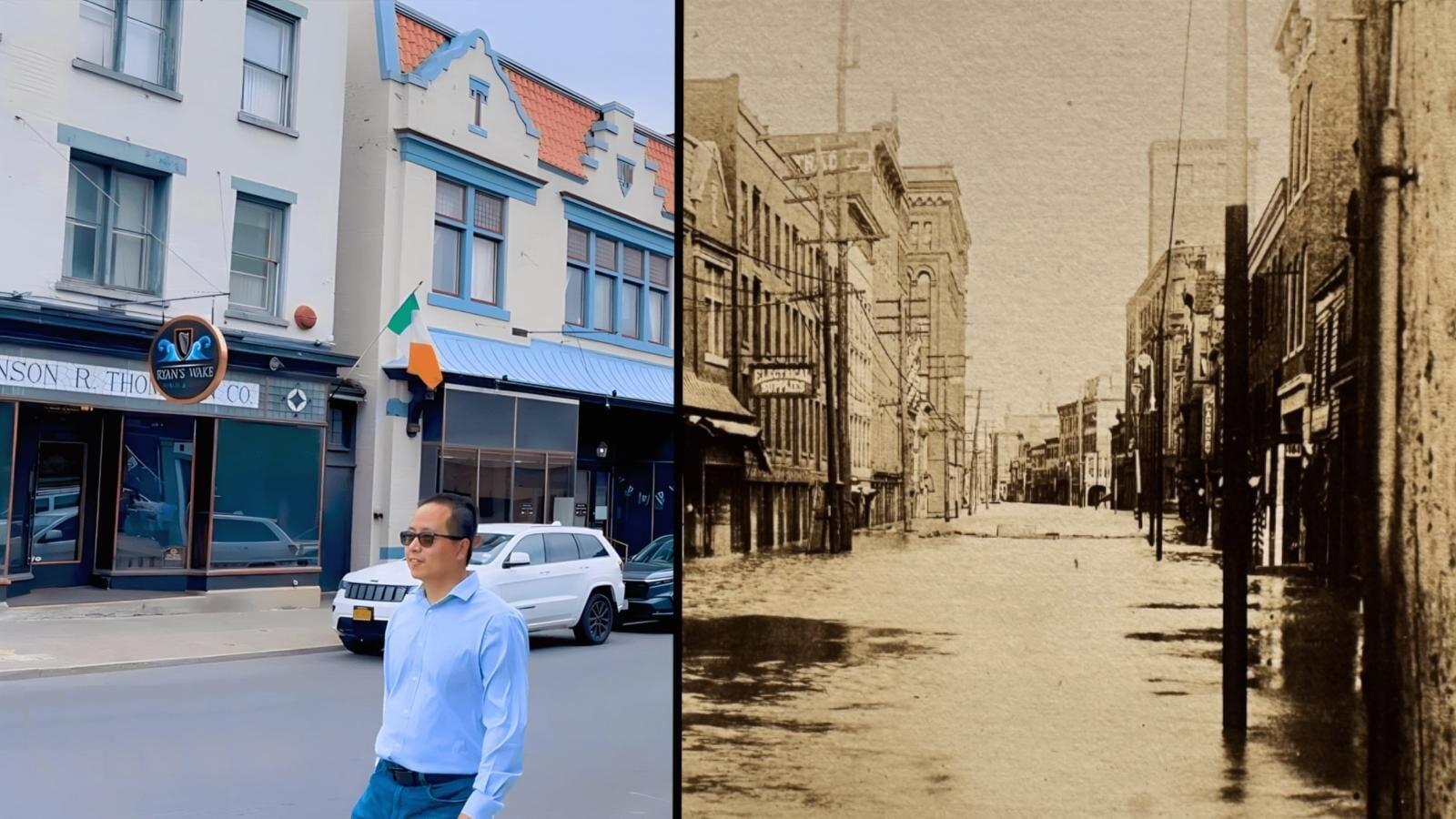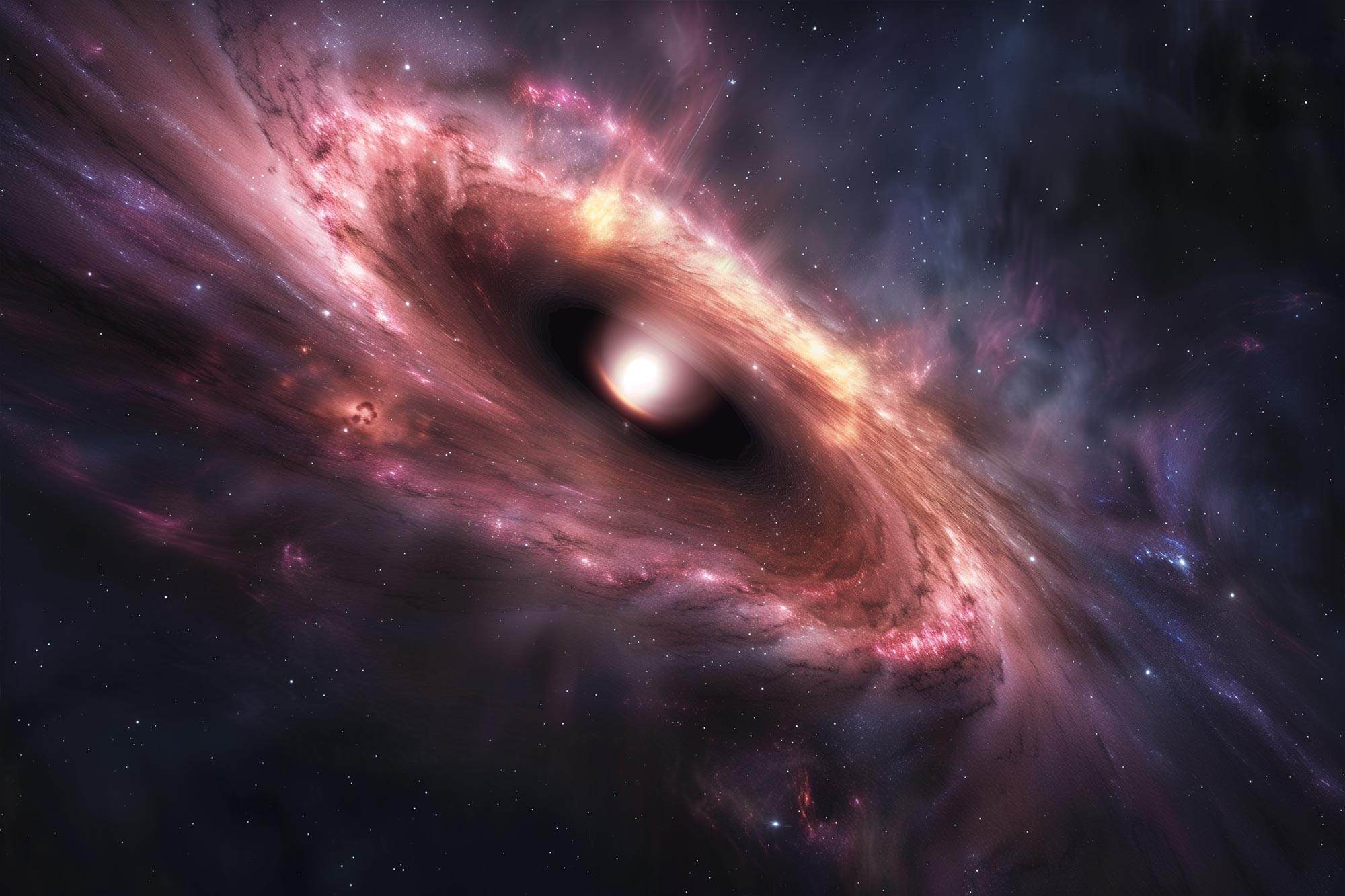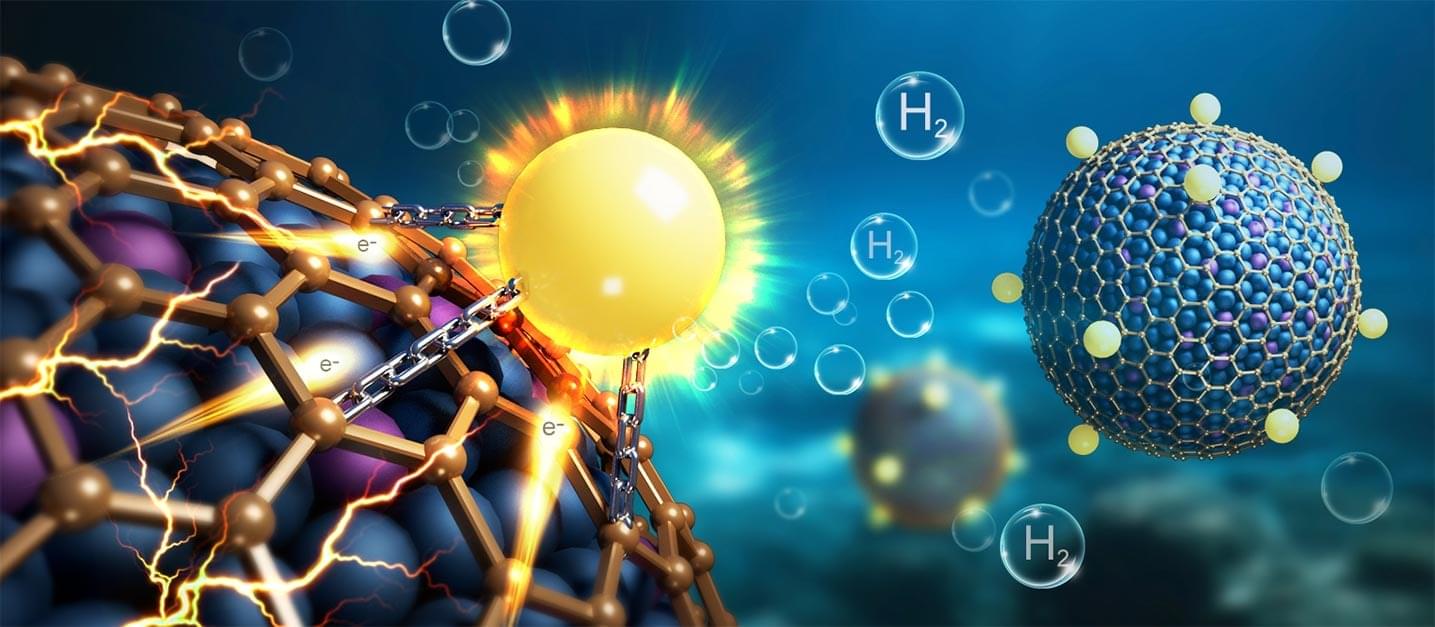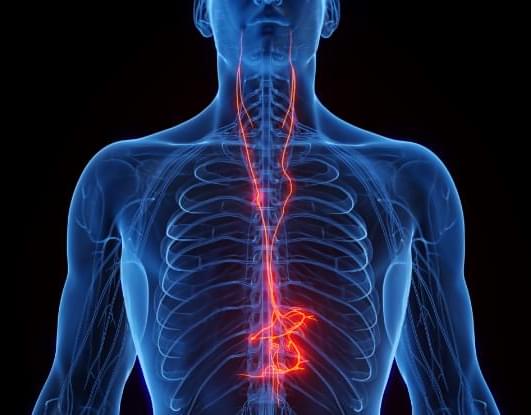A new study of children in schooled and unschooled environments, published in Proceedings of the National Academy of Sciences, raises questions about some of the assumptions underlying the way psychologists and scholars of cognitive science think about these processes.
Instead of defining an innate, basic feature of human cognition, the executive functions supposedly captured in the assessments are likelier to depend on the influence of formal schooling.
The study, “The cultural construction of ‘executive function,’” tested children in the Kunene region of Africa, which spans the countries of Namibia and Angola, as well as children in the U.K. and Bolivia. Children in rural areas of Kunene who received limited or no formal schooling differed profoundly in so-called executive function testing from their schooled peers, or a “typical” Western schooled sample.








